
In Sagada, Philippines, the native Igorot tribe have been burying their dead in hanging coffins, attached to the sides of cliffs in the mountains of Luzon, for about 2000 years. According to their beliefs, this brings them closer to their ancestral spirits and would also keep their bodies safe from scavenging animals. Below are some rather eerie facts about this ancient burial practice.
Nestled in the picturesque landscapes of Sagada, Philippines, lies a captivating yet enigmatic burial custom practiced by the indigenous Igorot tribe for over two millennia. The tradition of suspending coffins from the sheer cliffs of Luzon’s mountains has intrigued visitors and locals alike, offering a glimpse into a unique funerary ritual deeply rooted in cultural beliefs and reverence for ancestral spirits. Here, we delve into the eerie allure of this ancient practice, uncovering some fascinating facts that shed light on its mystique.
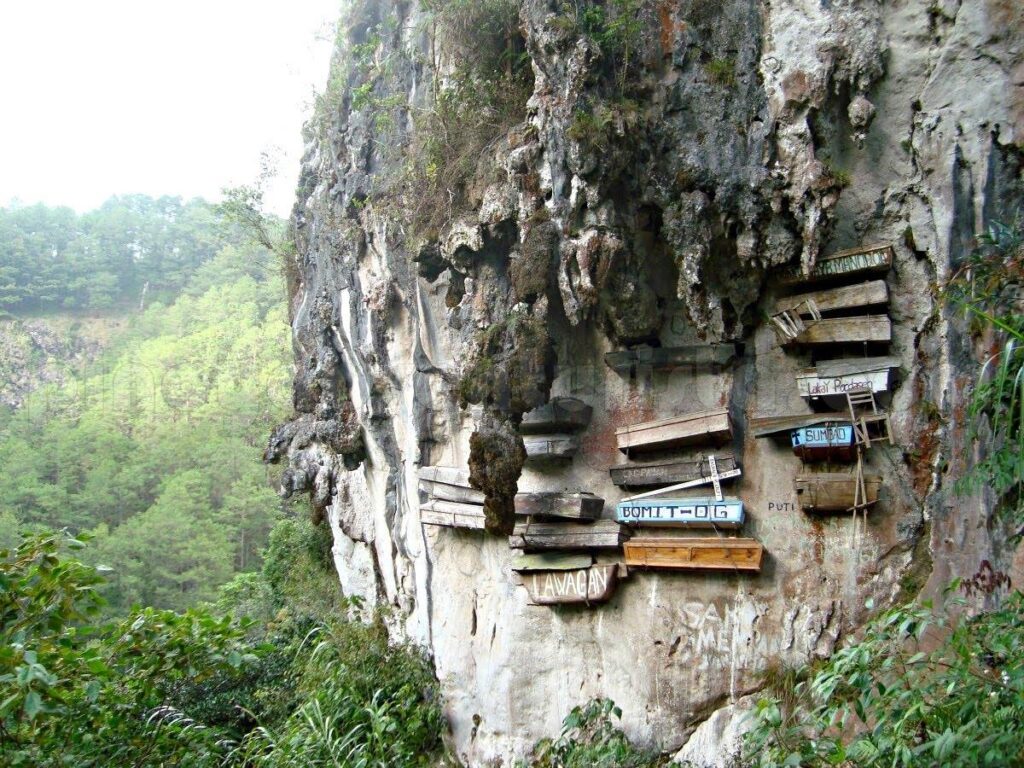
At the heart of Echo Valley, where the hanging coffins silently watch over the rugged terrain, one cannot help but notice the peculiar addition of wooden chairs affixed to these solemn resting places. Known as sangadil, or death chairs, they play a pivotal role in the traditional Igorot funeral rites, serving as a symbolic vessel for the departed on their final journey.
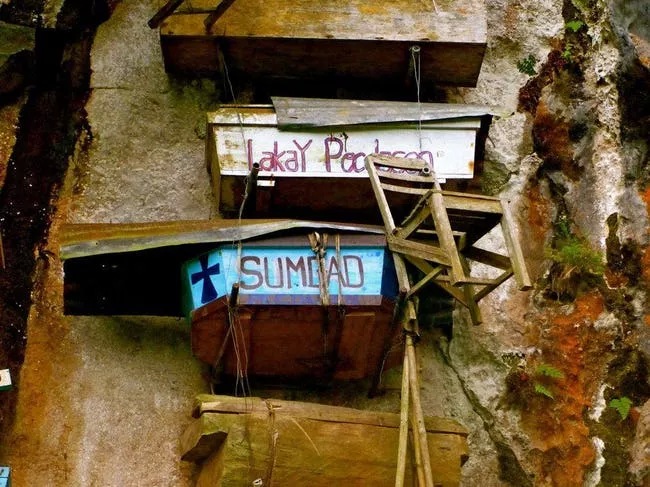
The journey begins with the preparation of the deceased, whose body is carefully secured to the chair using natural bindings of rattan and vines. Covered with a shroud, the departed is then placed within their home, positioned to face the entrance, where mourners gather over the following days to pay their respects. To mitigate the inevitable process of decay, the body undergoes a method of slow-smoking, akin to the preparation of barbecue brisket, veiling the scent of mortality with fragrant smoke.

Contrary to initial assumptions, the size of the coffins does not denote the age or stature of the departed; rather, it reflects a deeply ingrained cultural tradition. In accordance with Igorot beliefs, the deceased are laid to rest in a fetal position, symbolizing their return to the womb of the earth. This necessitates a delicate process whereby the bones of the deceased are carefully rearranged to fit within the confines of the modest coffins, a practice once widely embraced but now fading with time.
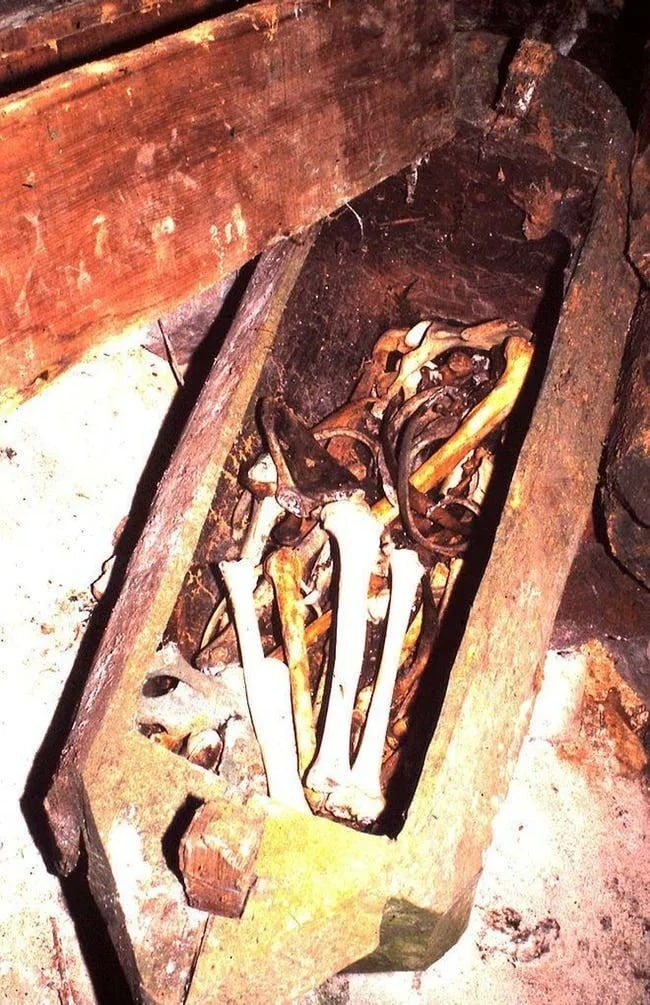
In recent years, a shift towards less invasive methods has emerged, with fewer families opting for the traditional bone-breaking ceremony. Instead, the deceased are laid to rest in elongated coffins, preserving their physical integrity while still honoring ancestral customs to some extent.

The culmination of the ritual unfolds amidst a solemn procession to the cliffside, where the coffins await their final descent. Wrapped in blankets and bound with vines, the departed are tenderly placed within their wooden vessels, accompanied by the whispered prayers of loved ones bidding farewell to their earthly form.
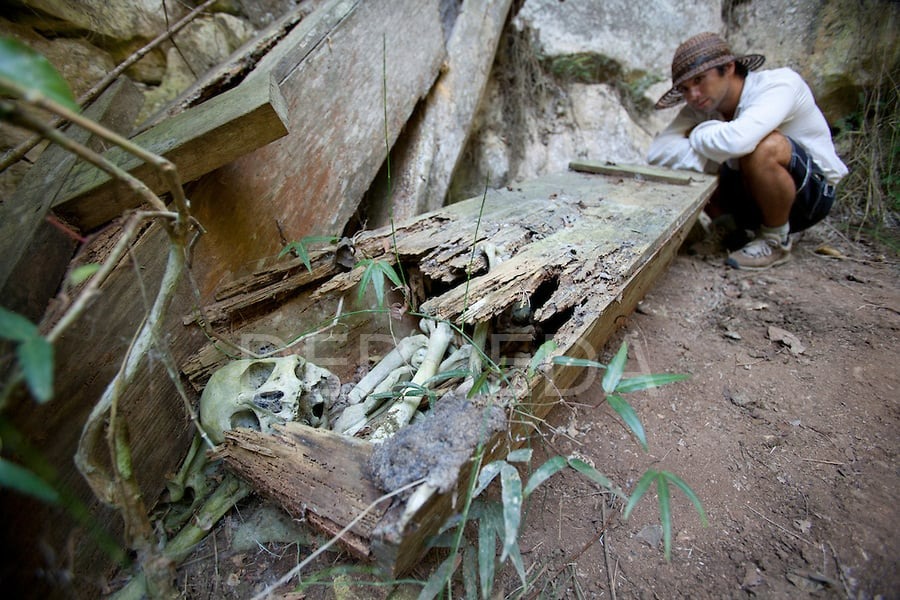
As the sun sets over the horizon, young men from the village ascend the cliffs, securing the coffins in their lofty resting places. Though the practice has endured the test of time, the aging coffins bear testament to the relentless march of nature, with some succumbing to the ravages of time and weather, exposing their ancient occupants to the gaze of curious onlookers.
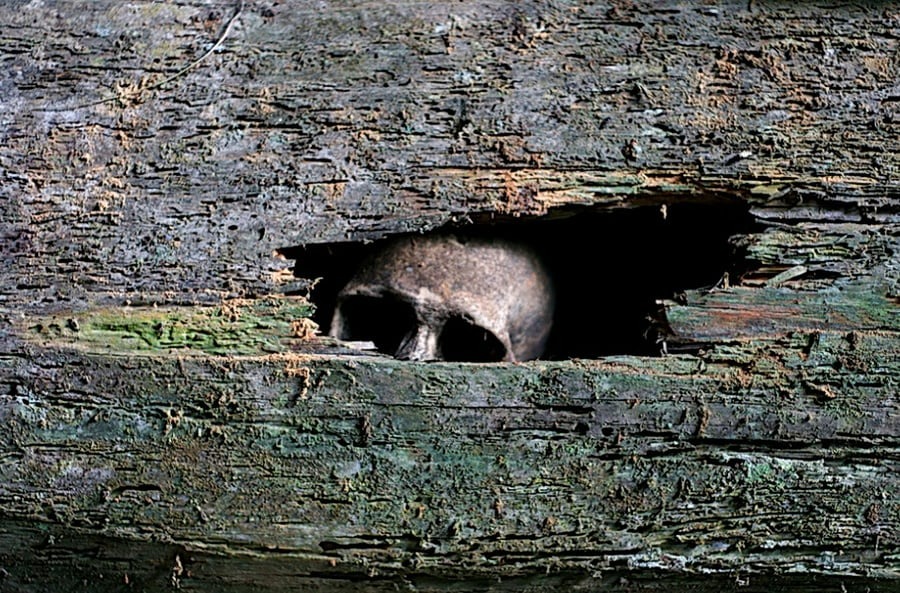
In a country deeply influenced by Christian traditions, the practice of interring the dead in hanging coffins stands as a poignant reminder of a bygone era. As modernity encroaches upon age-old customs, the Igorot youth grapple with preserving the legacy of their ancestors while embracing the evolving landscape of cultural identity.
While the allure of the vertical cemetery may wane in the face of changing times, its haunting beauty and profound significance continue to captivate those who dare to venture into its hallowed grounds, serving as a timeless testament to the enduring spirit of the Igorot people.

Leave a Reply